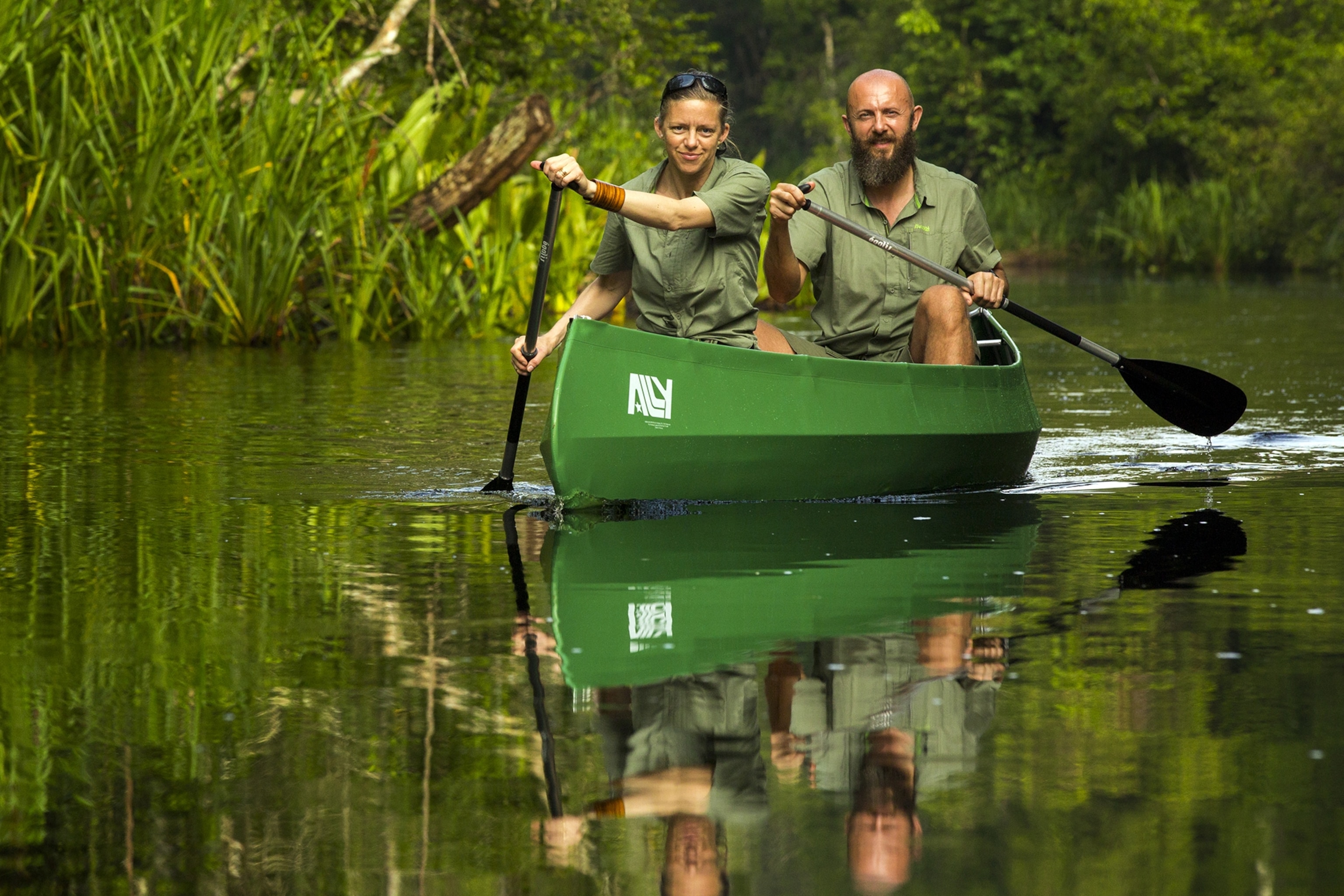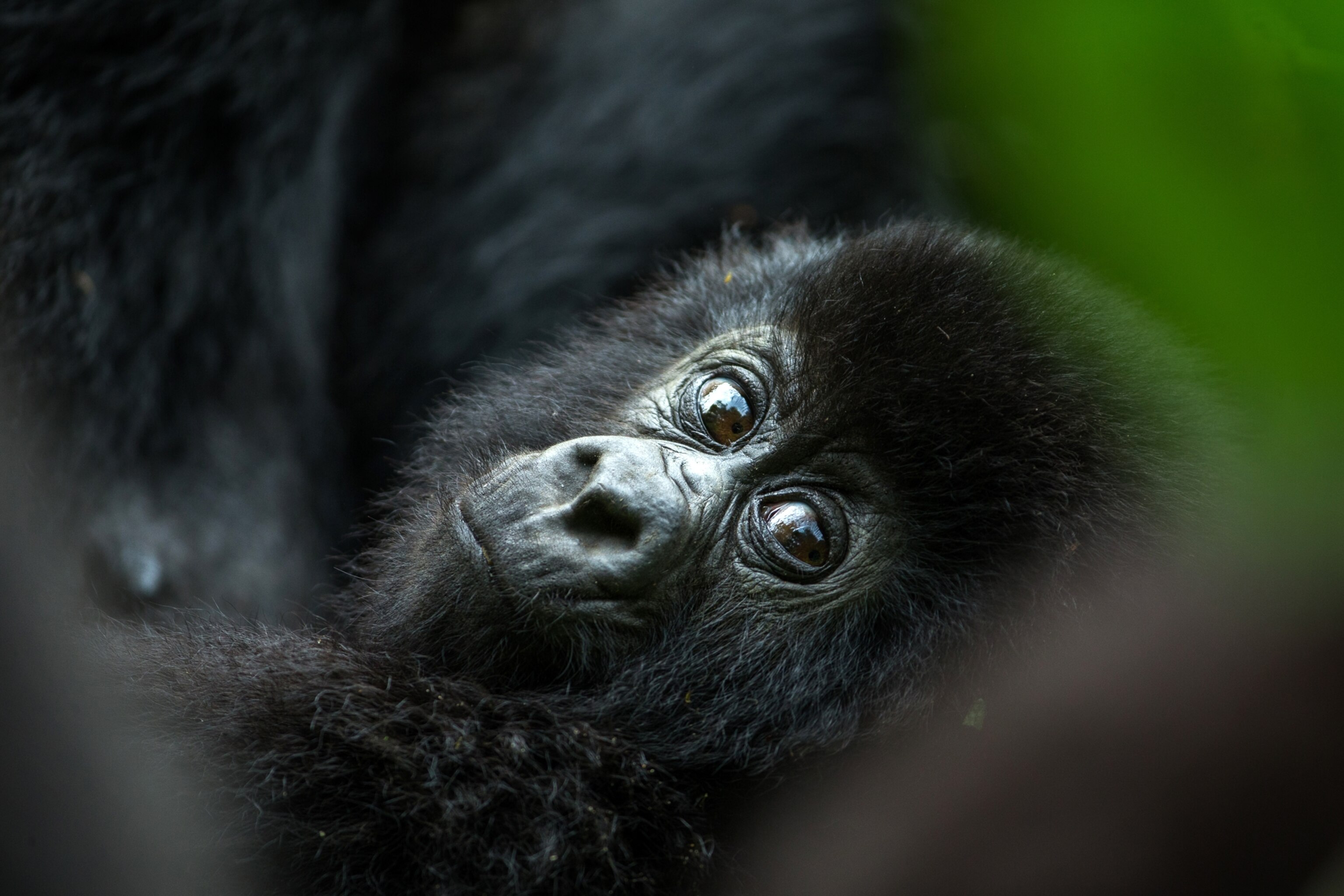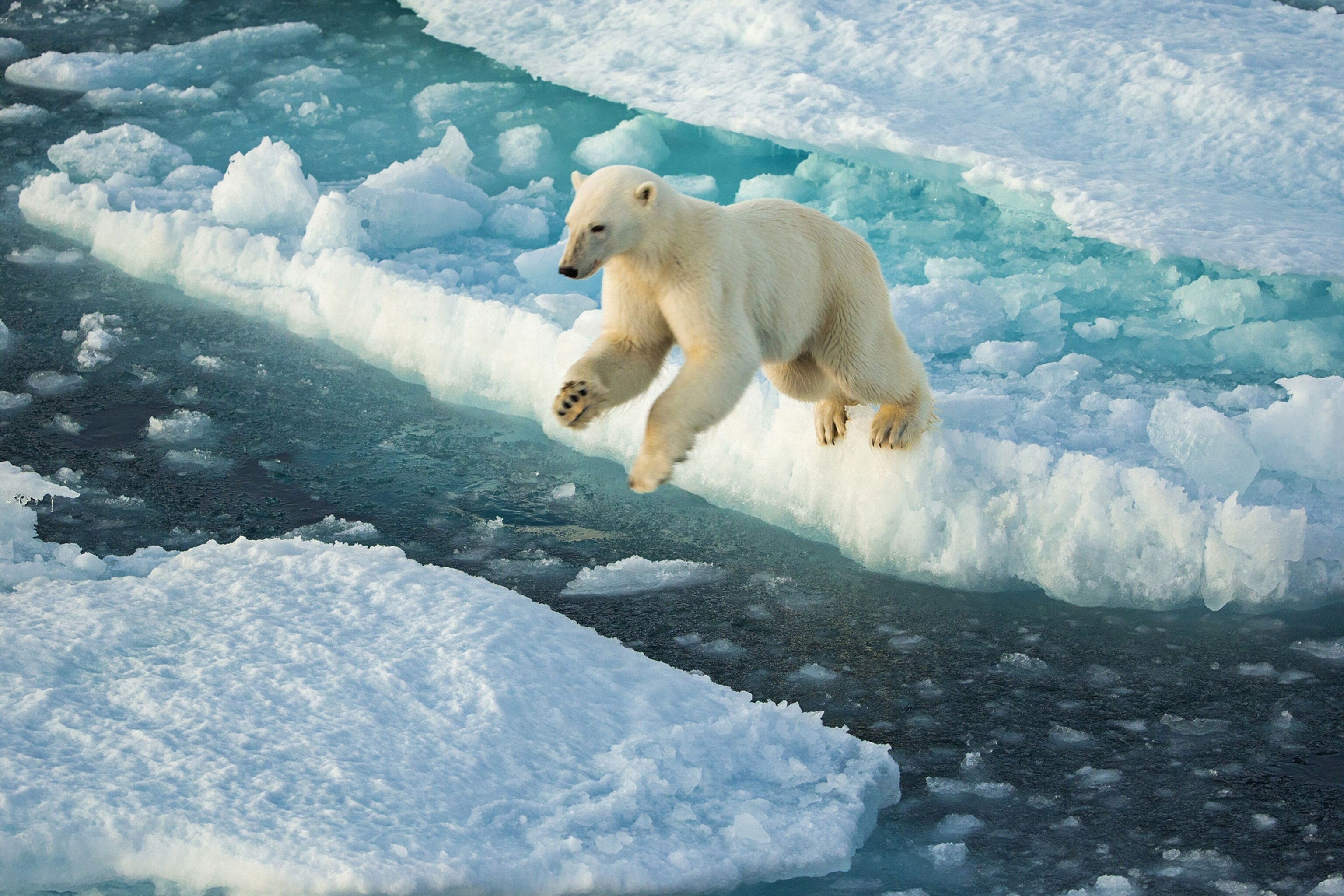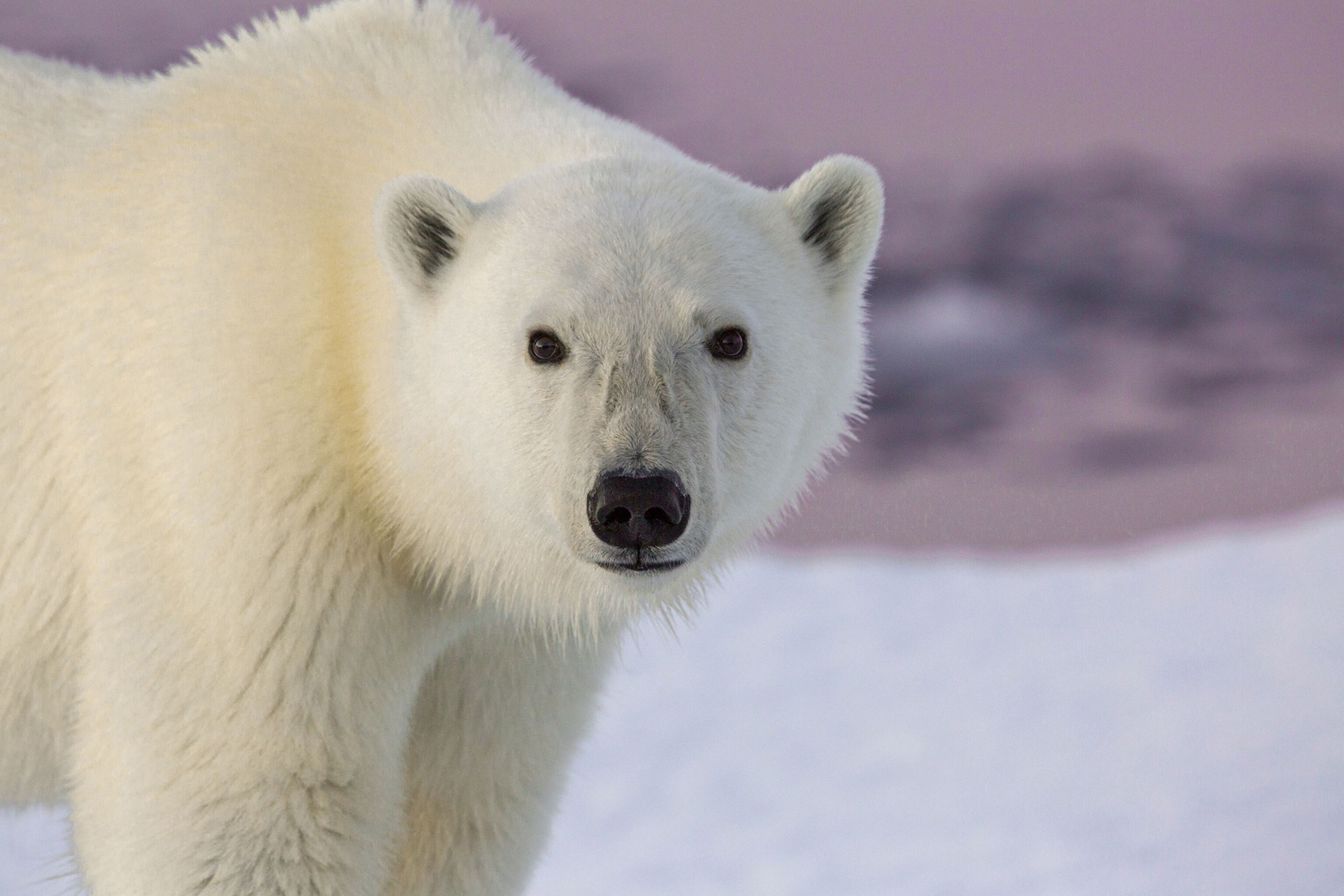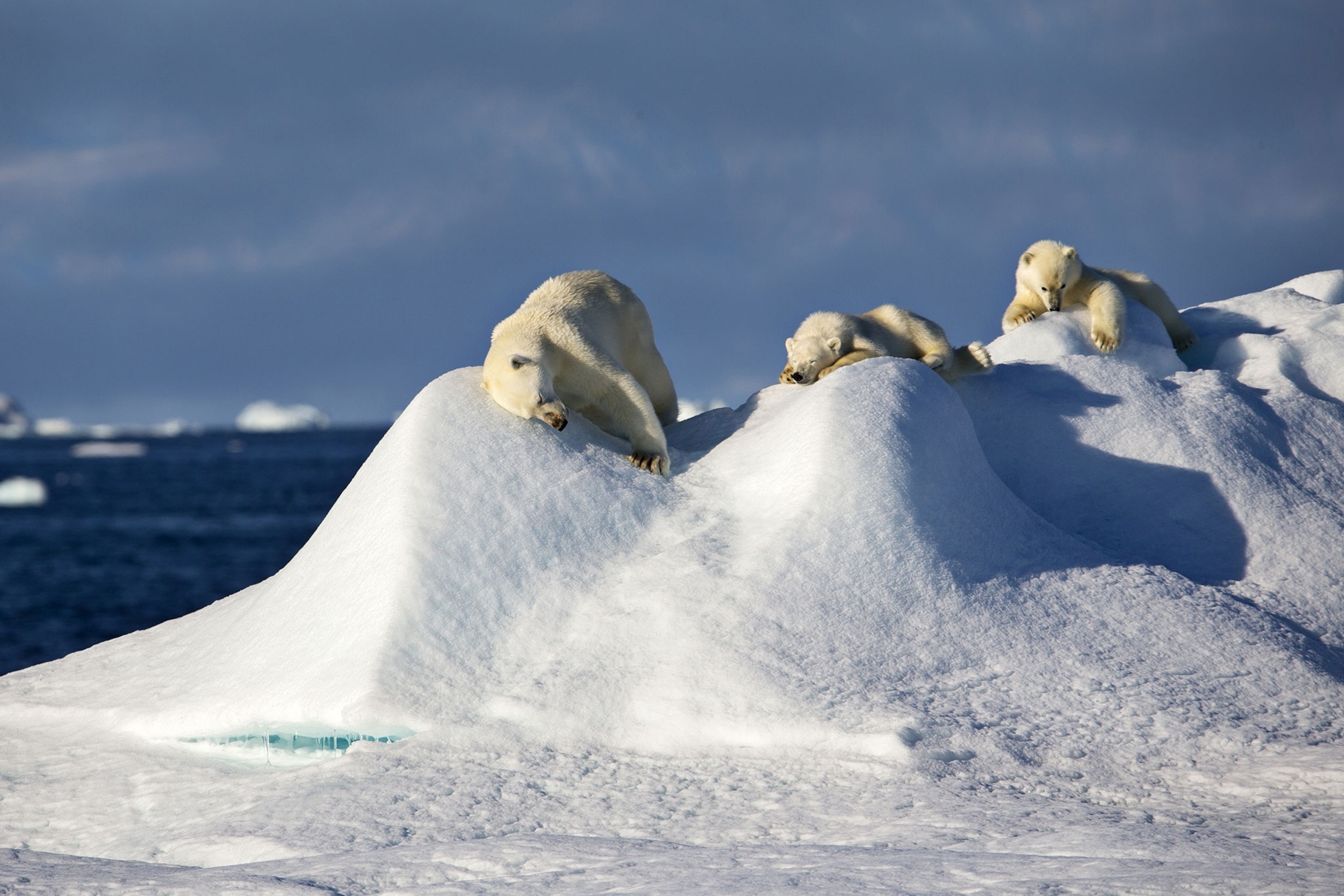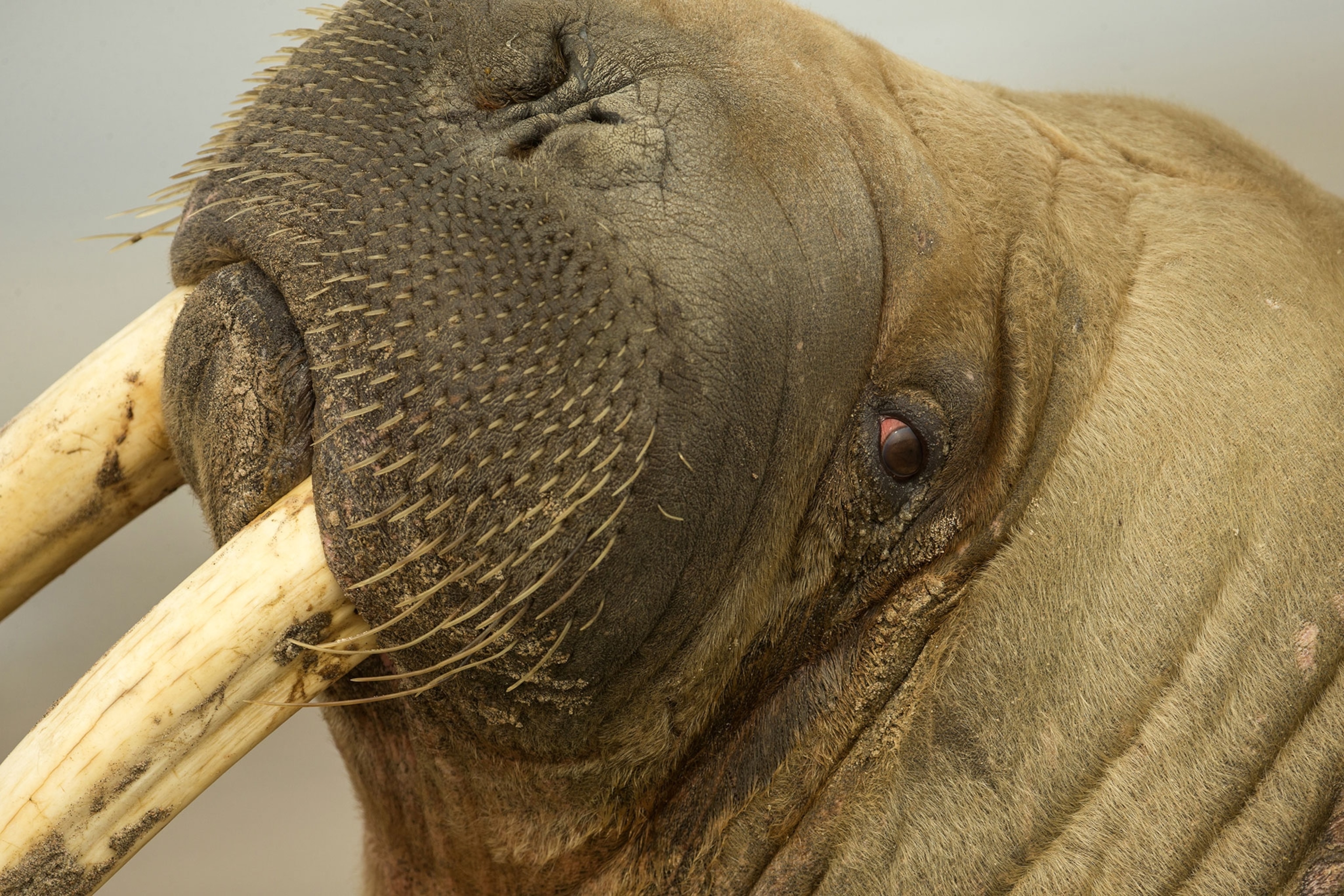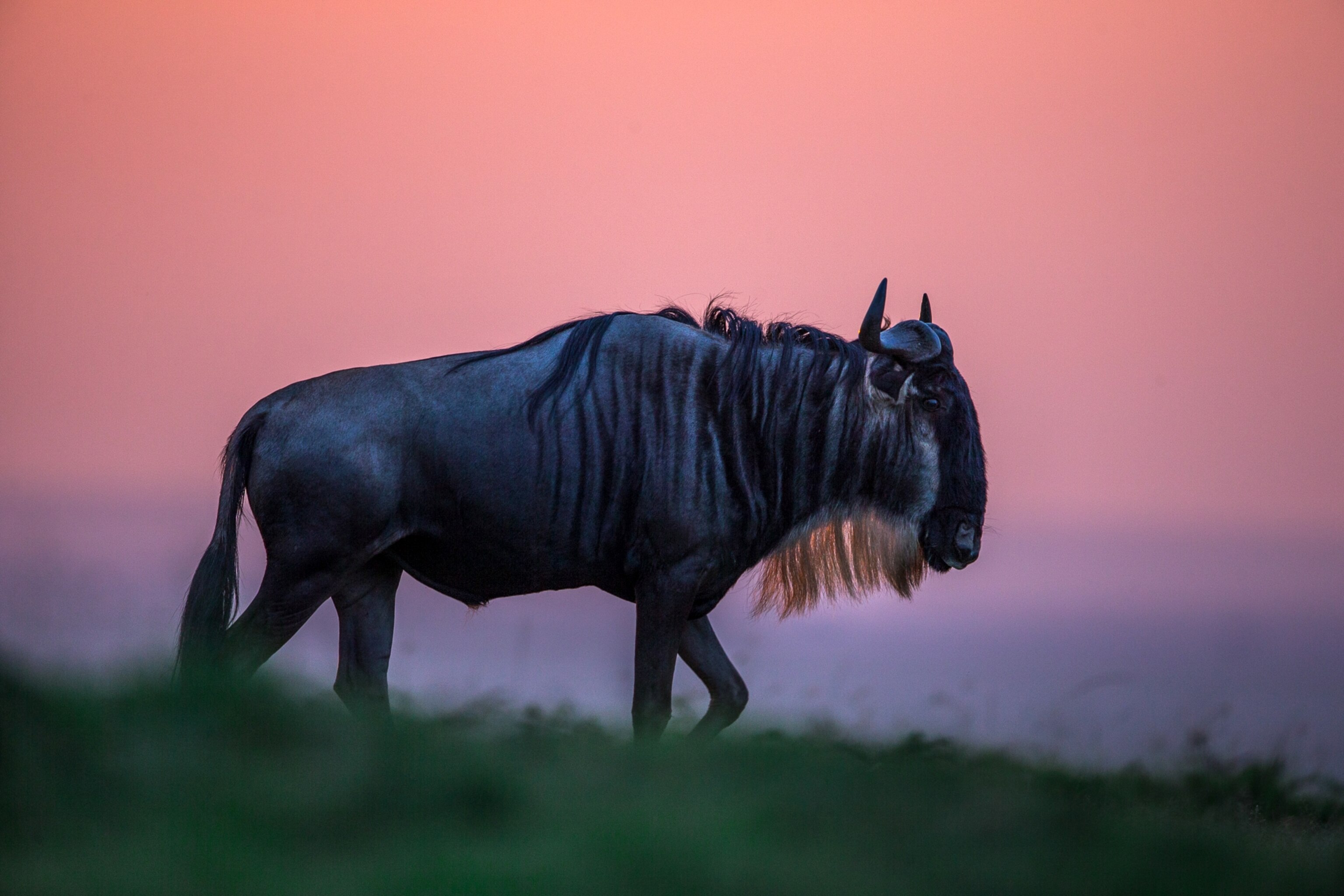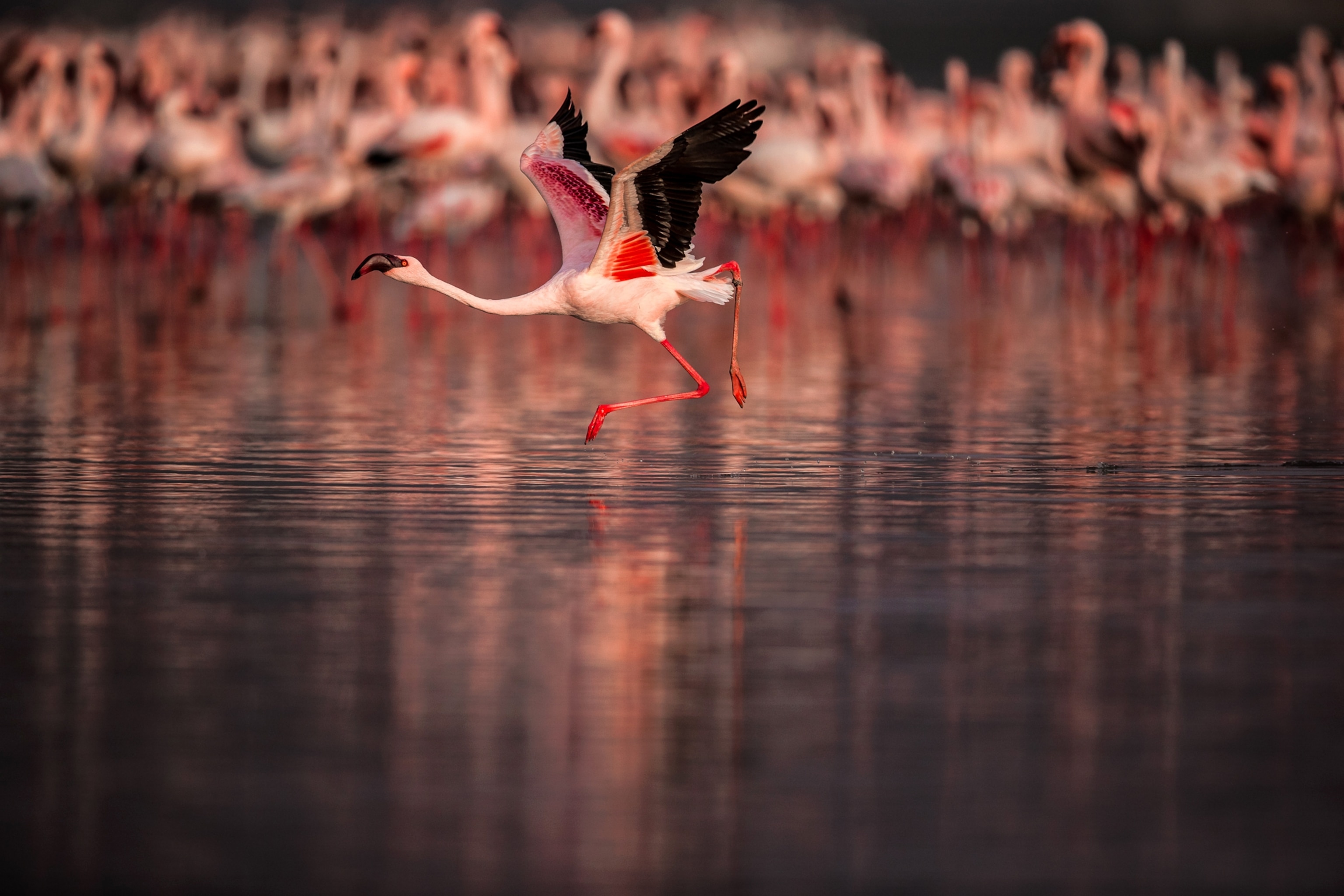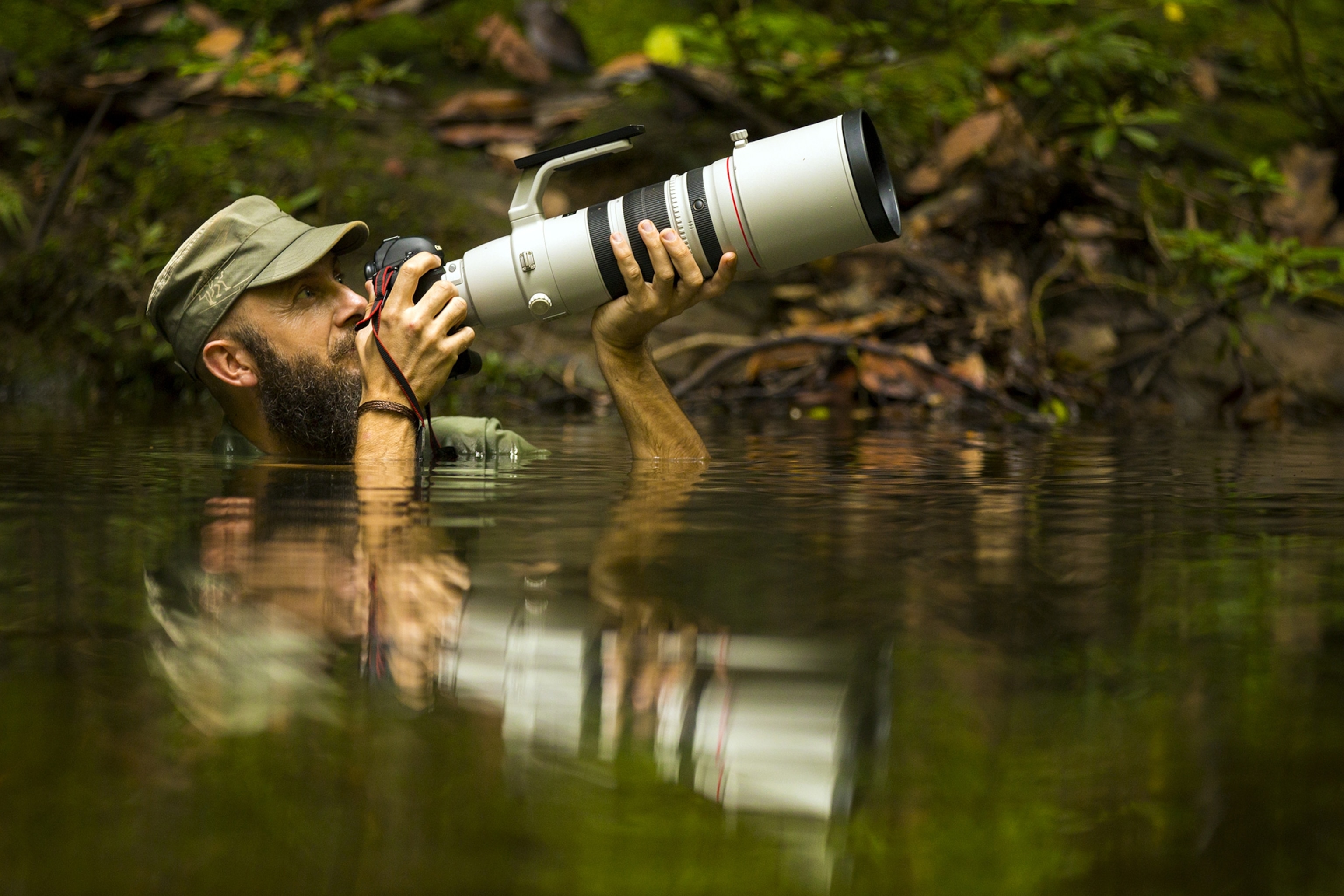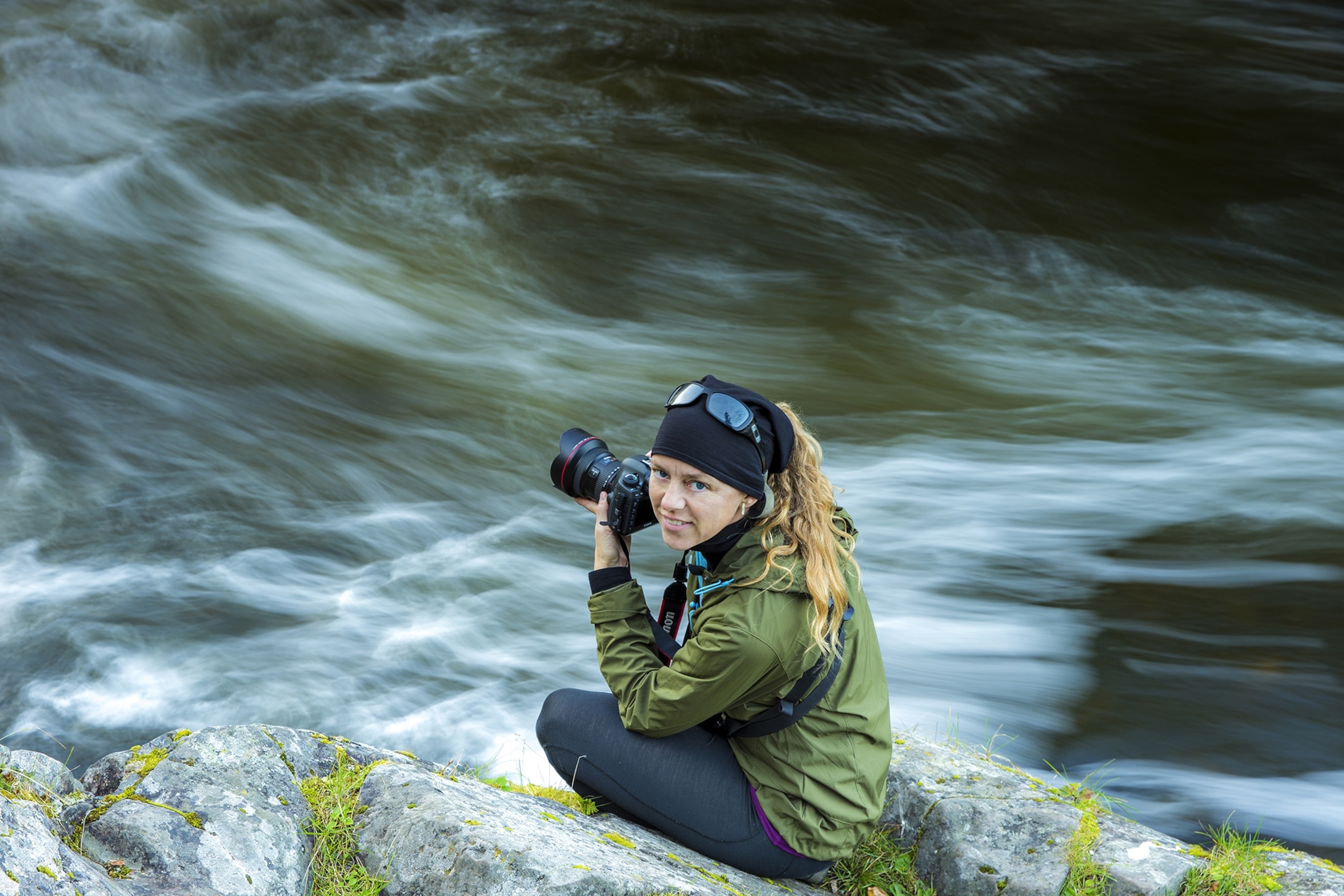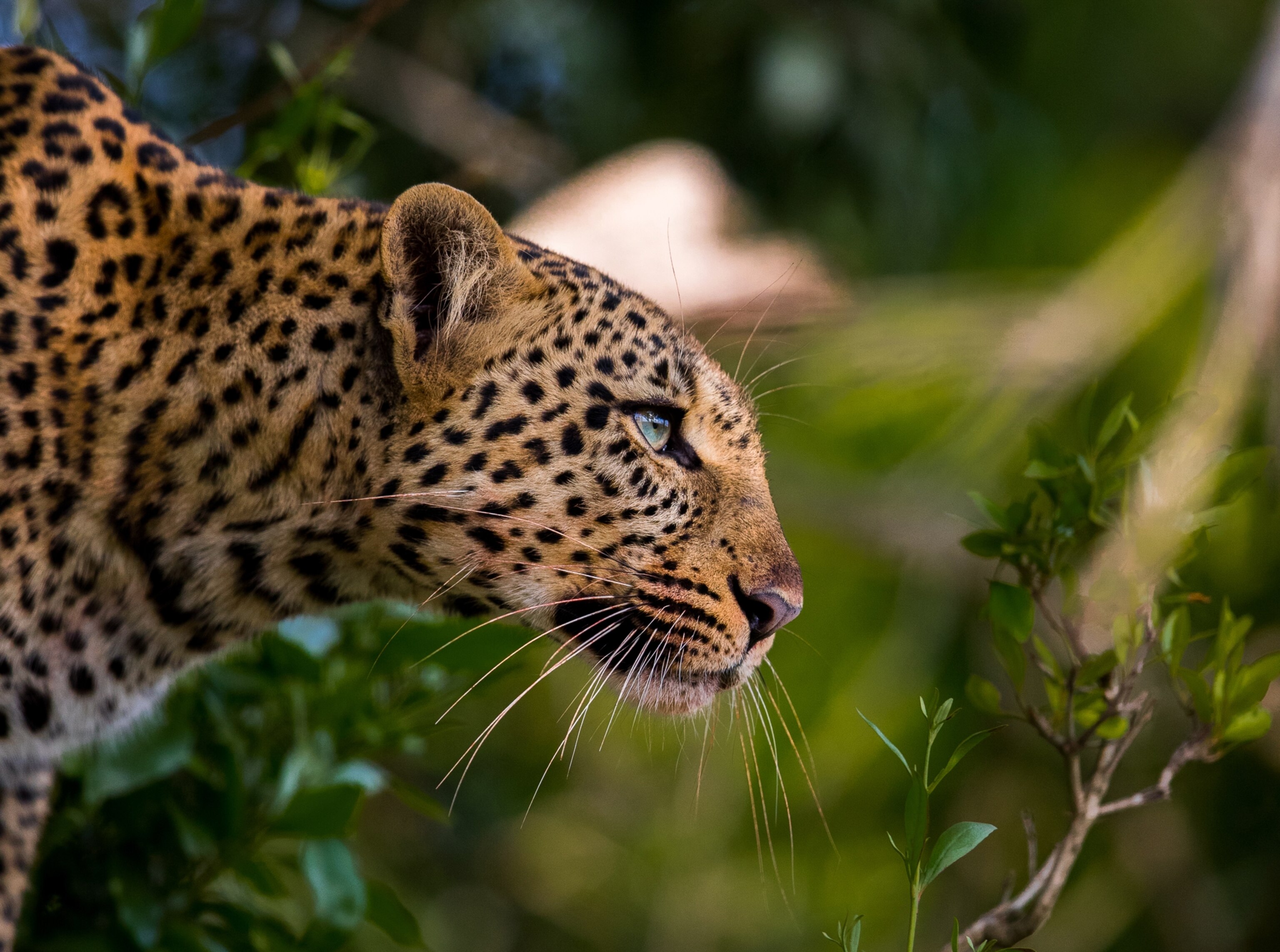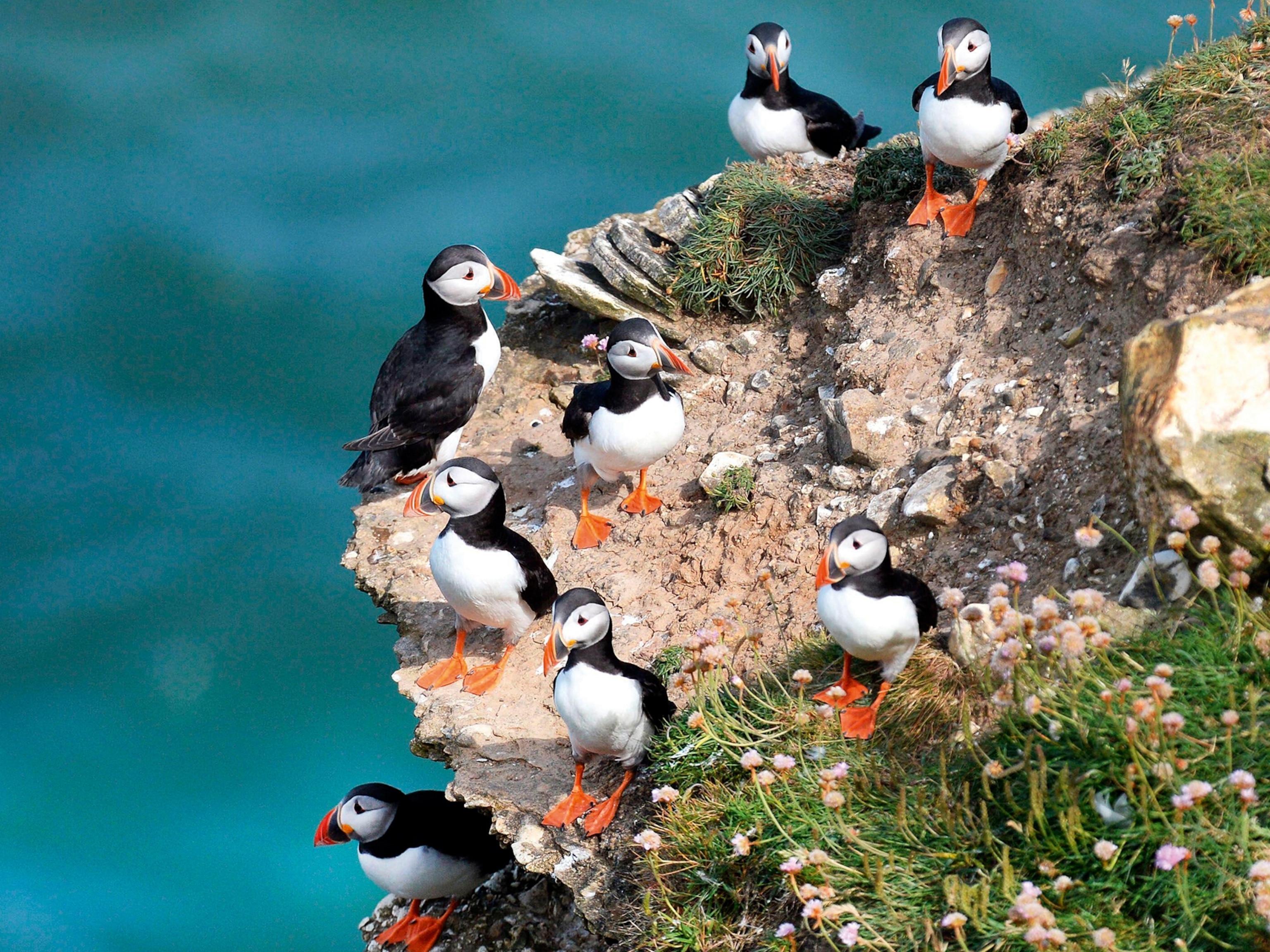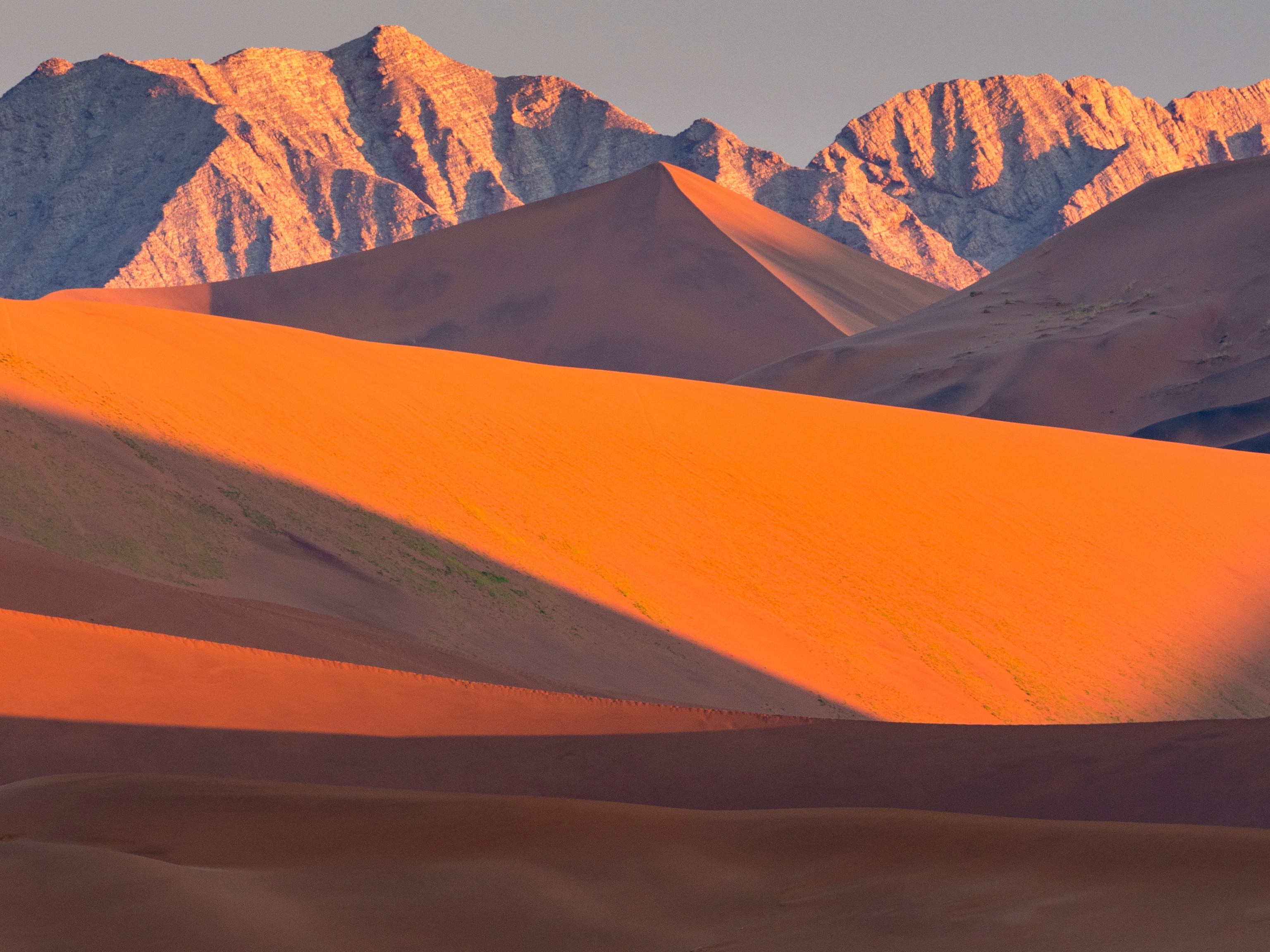Rare Wildlife Portraits From Photographers Who Click Together
Photographers Uri Golman and Helle Olsen travel the world to capture images of endangered species and threatened habitats.
Whether they're shooting fashion models, sports, or nature, photographers generally operate as solo artists.
But after meeting aboard a ship sailing through Greenland National Park in 2013, Uri Golman and Helle Olsen fell in love, married, and blended their passion for nature and adventure into a joint life pursuit—the kind most of us only dream about. Their expedition and travel company, Denmark-based Wild Explorer, combines their lifestyle and business interests.
Both thrive outdoors and under hardships that would test most couples. Olsen, 41, spent her youth sailing the coast of Denmark in her parents’ boat and nearly 15 years guiding African safaris and Arctic expeditions, traveling to all seven continents. Golman, 42, spent most of his life traveling and photographing everything from natural disasters to wildlife.
Now they're together in Gabon on a National Geographic Society grant to document elusive mandrills—large monkeys that live in Africa’s rain forests—along with Katharine Abernethy, a Scottish zoologist who has been studying a wild mandrill horde in Gabon’s central rain forest.
“We’re working with trackers to document (Abernethy’s) work and the mandrills," Golman says by email. "We’re focusing on other issues as well—how the timber trade and the bush-meat trade effects the life of the mandrill, and hopefully, we will get an intimate story of how the mandrills live.’’
Olsen says she handles wide angle and shorter focal photo shots, while Golman concentrates on longer shots. “It gives us different images of the same scene, and we often get images that are very different from each other,’’ Golman says. “But at times we split up on location and get home with different stuff.’’
It doesn’t come easy.
“Imagine wearing a full-body ghillie suit in the [113-degree] jungle. I feel and look like a grassy version of Chewbacca from Star Wars,’’ Olsen says. “It’s hot, humid, and I sweat like crazy. And there’s one thing that always finds its way into a ghillie suit: fire ants, which hang on to you, sting you, and leave your skin burning.”
The two-month Gabon adventure is part of Golman and Olsen’s WILD project, a four-year effort of 20 separate expeditions to document some of the last wild places on Earth. “With images and stories, we want to inspire people and awaken a sense of love for nature we believe everyone is born with," Golman says, "a sense of love that will help protect nature for future generations."
They plan a coffee-table book and an outdoor traveling exhibition in 2019. Separately, another photography book, WILD Africa, is due out in December, about the time the couple will begin excursions to Papua New Guinea and Antarctica to photograph birds and emperor penguins.
Home is a small cabin in Denmark’s North Zealand woods.
“We’re there about six months a year, sorting and editing images, planning the next expedition, doing talks, and writing books,’’ says Golman, who also spends time with his two daughters from a previous marriage. “What we miss most when we are gone is my girls, summers in Denmark, and homemade buns with Danish butter.”
